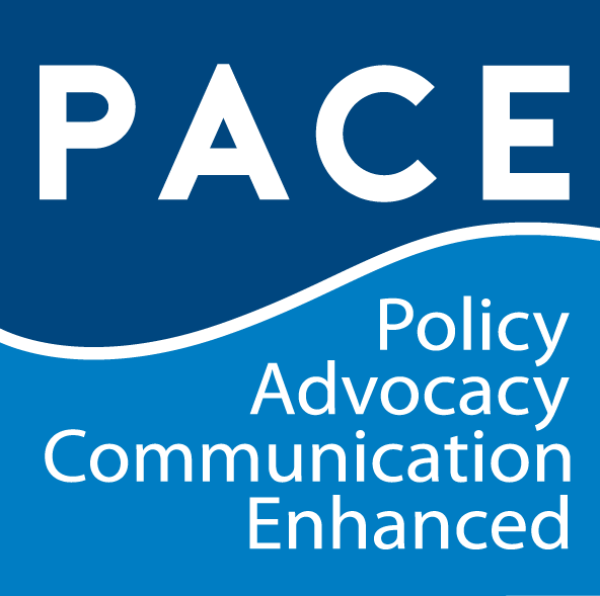In the Strategic Communication module participants learn how to be strategic in their policy communication approaches in order to influence policy change. The focus is on identifying communication objectives and key audiences, and crafting evidence-based messages that are relevant to a policy change goal. These steps form the foundation of a communication strategy. Participants practice these steps through both small group exercises and individual exercises based on their own research. The concepts introduced in this module are key to successfully understanding and applying the skills taught in Modules 3 through 8. This module contains two sessions directed toward those who do not have a strong foundation in research, yet want to ensure that their advocacy messages are evidence-based.
At the conclusion of this module, participants will be able to:
- Identify a policy change goal.
- Write communication objectives.
- Identify key policy audiences.
- Describe the differences between research findings, implications, and recommendations.
- Write policy relevant implications and recommendations based on evidence.
- Develop evidence-based policy messages with SMART recommendations.
At the conclusion of this module, participants will have developed their own:
- Communication strategy including policy change goal, communication objectives, and key audiences.
- Evidence-based policy messages.
- A 60-second soundbite of their research.
Download All Materials (ZIP)
Download the French Translation (ZIP)
Download the Spanish Translation (ZIP)


